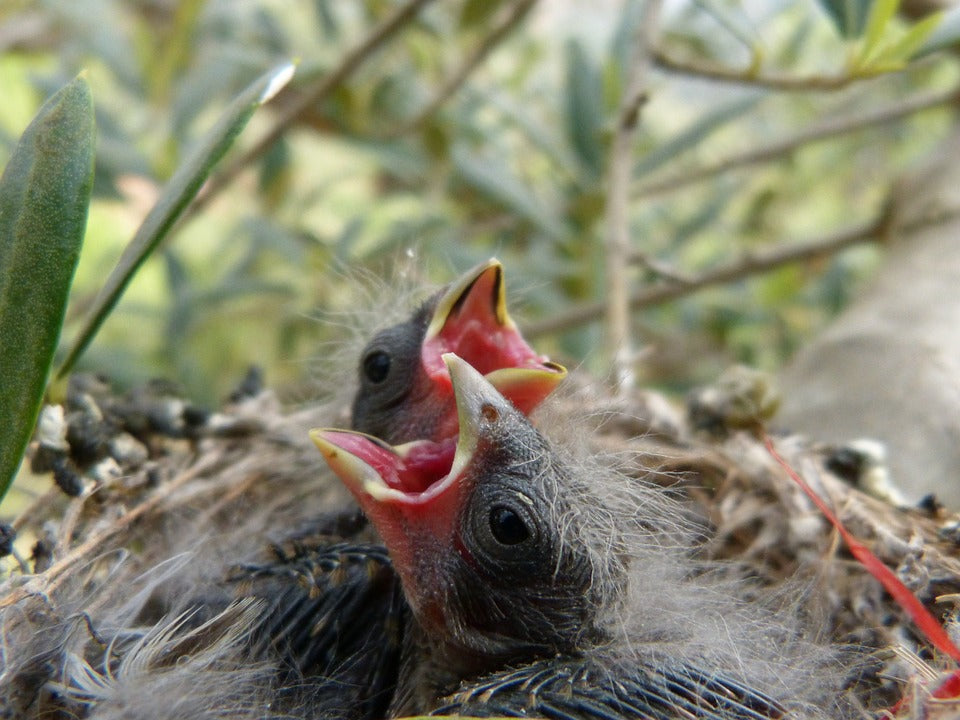Offer
Provide additional details about the offer you're running.
Provide additional details about the offer you're running.
Provide additional details about the offer you're running.

Wait. What? That’s right, we’ve blinked and suddenly we are approaching midway through the month of June. The excitement of the spring migration period is in our rearview and all of the sudden the summer is upon us.
While for the moment, there is still a good deal of nesting activity going on locally as many mothers anxiously await their fledglings. Despite how badly we don’t want to wish away this magical time of year for us birders, here are four external clues you can use to identify the official close of this year’s breeding season.
It’s Officially Summer
It really seemed to creep up on us this year leading off with an incredibly warm ending to the month of May. For birders, once June 20th hits and summer solstice arrives, we have a pretty good idea that the breeding season is complete and we should have a young population of birds to enjoy for years to come.
Fledglings
In the coming weeks those eggs will all but have hatched and if you pay close enough attention, you should be able to spot some young birds out and about. As this years young develop their flight feathers, they will soon be learning to fly and will leave the nest in no time.
Flocks
You should begin to see species such as European Starlings, Common Grackles and red-winged Blackbirds beginning to gather in large flocks. As summer progresses, these species of birds will gather in sometimes gigantic flocks as they cover large expanses of area foraging for food. I’m sure many among us avid birders have a story or two to tell about a large flock of blackbirds descending on our defenseless backyard feeders!
Fall Migrants
Yes, that’s right. Some species will already be beginning their southbound trek within a few weeks. Usually situated around the middle of July, expect the first Yellow Warblers and Bobolinks to take off on their fall migration journey. Sad, I know.
High Quality Blend